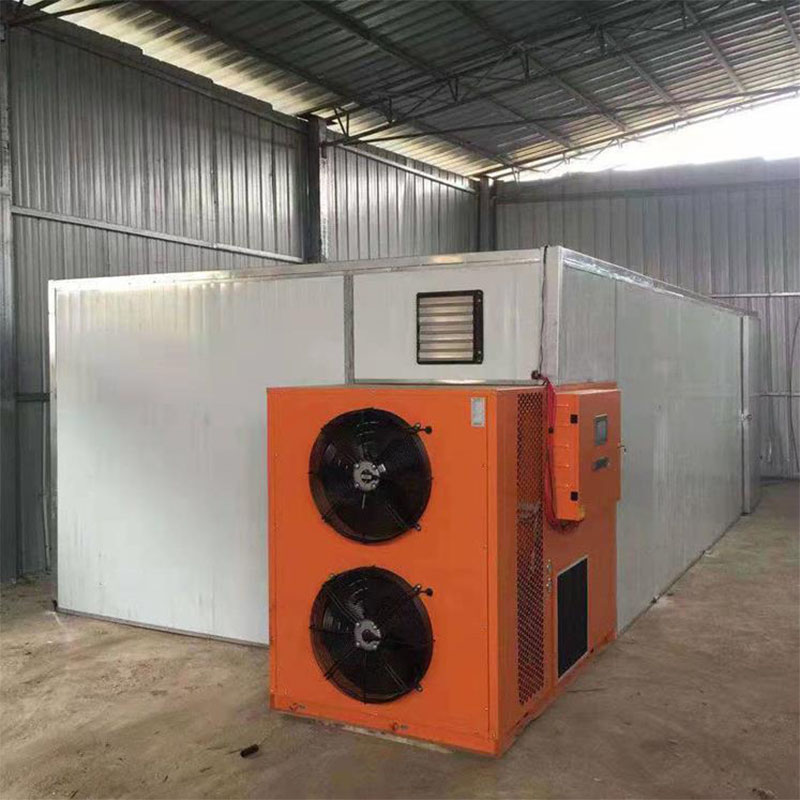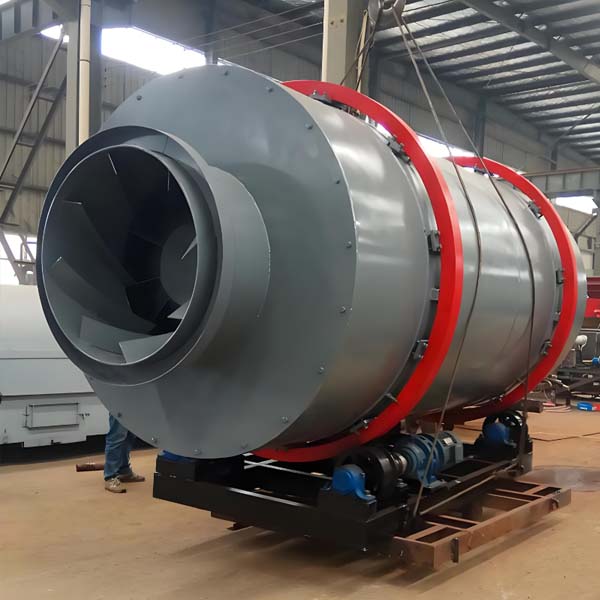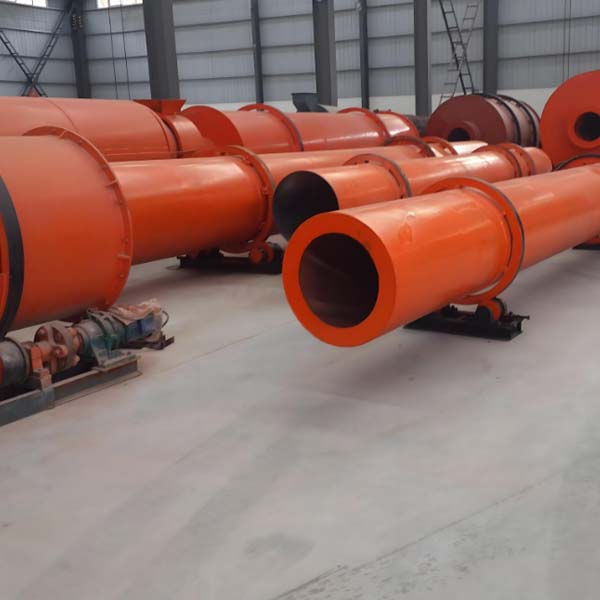There are various types of dryers, including grain/box/continuous/industrial drying, with diverse drying materials and multiple options for heat sources such as electricity, wood, and biomass pellets.
- The working principle of a grain dryer mainly includes heating and drying, ventilation circulation, temperature control, humidity monitoring, and automatic dehumidification. Specifically:
- Heating and drying: Using a hot air drying oven and a rotary heating device, it can generate a large amount of hot air in a short period of time to heat and dry the grain. The advantage of this technology is its fast dry blasting speed and high efficiency, which can effectively reduce the cost of dry blasting.
- Ventilation cycle: composed of components such as fans, pipes, and valves. The fan sucks in hot air from the heater and sends it into the drying chamber through a pipeline to heat and dry the grains. At the same time, the moisture in the drying room is discharged through a valve to ensure that the drying room maintains a suitable humidity. The reasonable design of ventilation circulation system can effectively improve the efficiency of dry explosion and avoid the phenomenon of grain overheating or uneven dry explosion.
- Temperature control: achieved through components such as sensors, controllers, and heaters. Sensors are installed in the drying room to monitor temperature changes; The controller automatically adjusts the power of the heater based on the temperature information feedback from the sensor to maintain a stable temperature inside the drying room. Through temperature control technology, precise control of drying temperature can be achieved to ensure optimal drying effect of grains.
- Humidity monitoring: achieved through components such as sensors and controllers. The humidity sensor installed in the drying room can monitor the humidity of grain in real time; The controller receives humidity information feedback from the humidity sensor, compares it with the set value, and then automatically adjusts the power of the heater or the size of the air inlet based on the comparison result to maintain stable humidity in the drying room.



